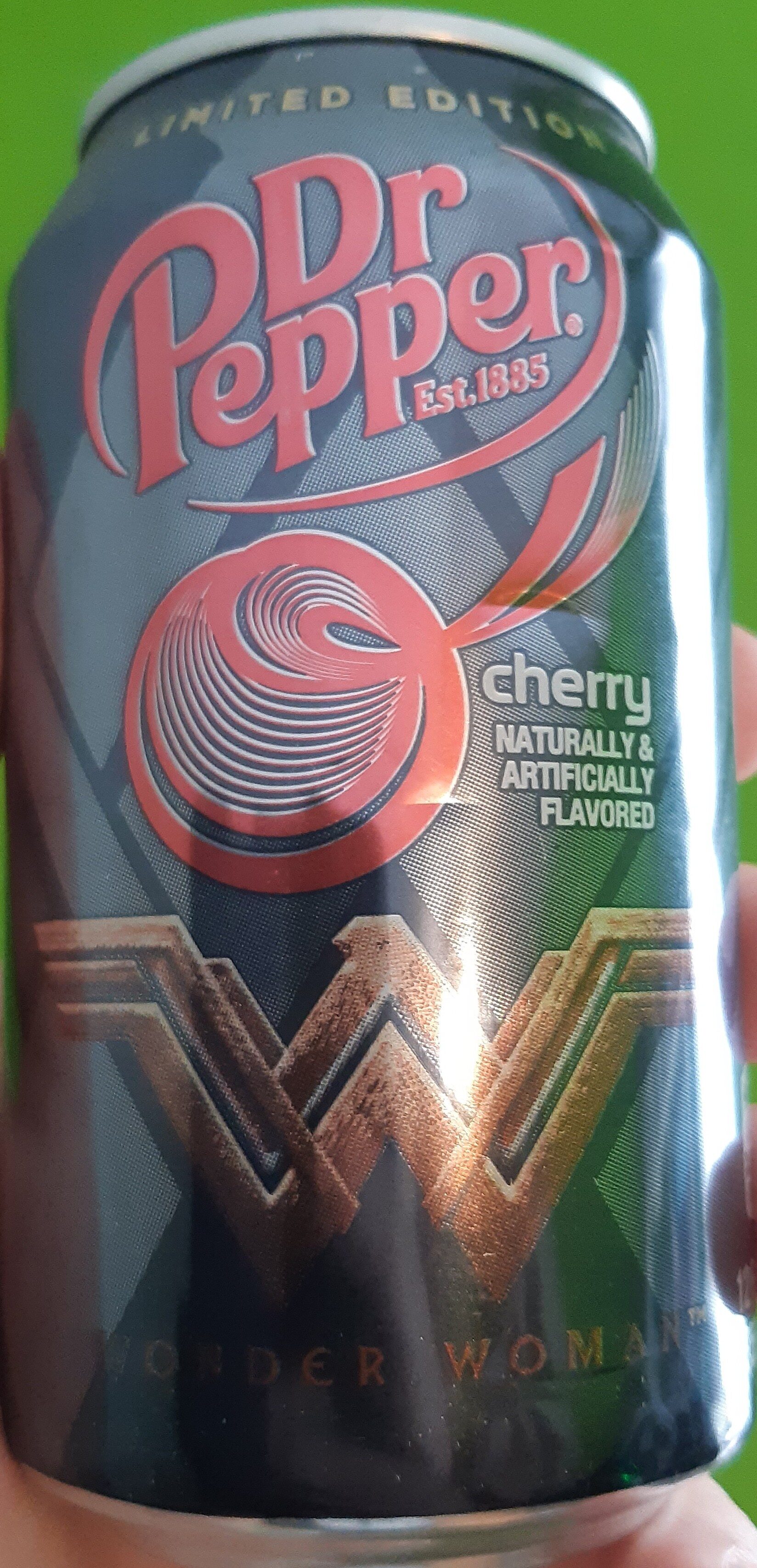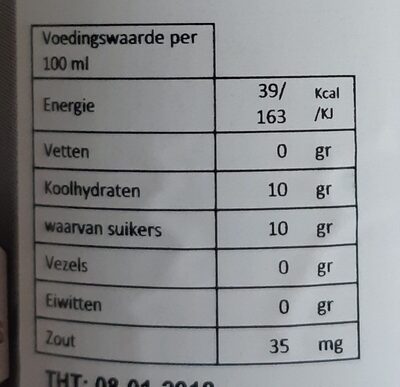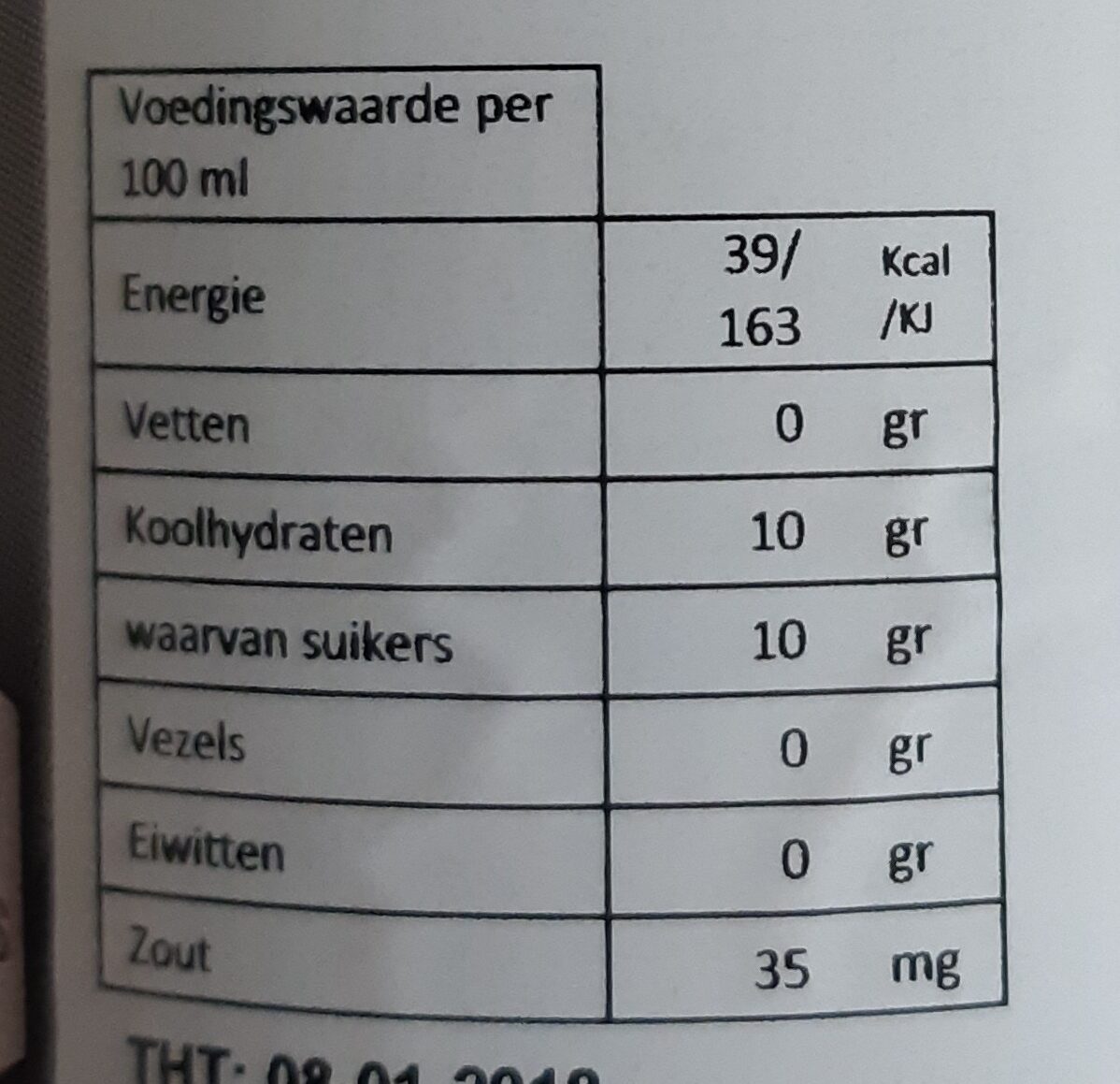Cherry - Dr Pepper - 12 fl oz
This product page is not complete. You can help to complete it by editing it and adding more data from the photos we have, or by taking more photos using the app for Android or iPhone/iPad. Thank you!
×
Barcode: 8712857971113 (EAN / EAN-13)
Common name: Koolzuurhoudende frisdrak met kersensmaak
Quantity: 12 fl oz
Packaging: Can
Brands: Dr Pepper
Categories: Beverages and beverages preparations, Beverages, Carbonated drinks, Sodas, Sweetened beverages
Countries where sold: Netherlands, United States
Matching with your preferences
Environment
Packaging
Transportation
Report a problem
Data sources
Product added on by kaitocross
Last edit of product page on by bertusdendroef.
Product page also edited by aleene, roboto-app.
If the data is incomplete or incorrect, you can complete or correct it by editing this page.










